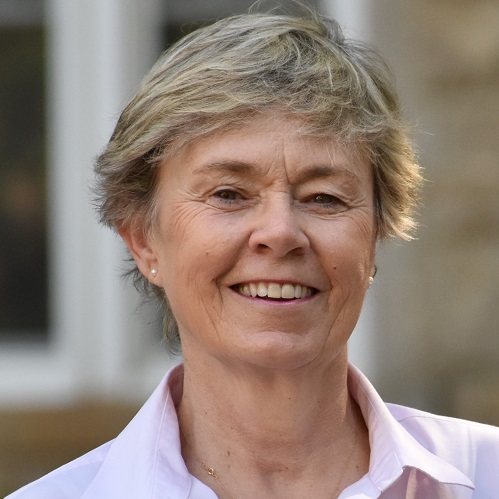Commentary on Luke 2:41-52
To learn about Jesus’ childhood, we can turn to this text in Luke 2 or we can choose from the multiple apocryphal gospels replete with accounts of Jesus’ forming birds from clay and sending them flying into the sky or resuscitating childhood playmates.
While it might be fun to preach such an account to a congregation as they lean on the edge of the pews, those are not the passages before us this Sunday. Let us sigh and face the text we have been given, the only Gospel story from Jesus’ childhood.
There are several points worth noting in the account. It would be impossible to include them all in any one sermon, but it may be helpful just to lay these out as ideas to ponder as one begins preparation.
1. Verse 41 indicates that this travel to Jerusalem for the Passover celebration is an annual event. This event is part of Jesus’ routine religious and cultural heritage.
2. The action takes place when Jesus is 12. The age of manhood in Jewish culture was 13. This is a childhood experience in the life of Jesus.
3. Though there is a lot of action and there are multiple characters, only two people are named, Jesus and Mary.
4. Verse 46 depicts Jesus as sitting, listening, and asking questions. But the observers described in verse 47 are amazed at Jesus’ understanding and his answers. The observers’ role in the story seems to be to focus full attention on Jesus. Jesus is the one asking the questions, but his own answers are worthy of amazement.
5. Verse 49 contains Jesus’ first words in Luke’s gospel.
The story itself unfolds in a clear progression. The scene is set forth; a problem is introduced; a solution is enacted; and resolution occurs. However the resolution creates another problem. Let’s see this is outline form.
Scene: Jesus’ family and others travel from Passover celebration in Jerusalem.
Problem: Jesus’ parents realize that their child is not with them.
Solution: They direct an all-points search for the boy.
Resolution: They find him three days later sitting in the temple courts.
New problem: Jesus explains himself, but his explanation makes no sense.
Solution: Jesus goes home to Nazareth and Mary thinks about all this.
The simple truth is that there is no denouement!
This narrative outline of problem, solution, resolution juxtaposed to problem, solution, lack of resolution sets forth a realistic framework for Gospel understanding today. In a culture that calls for clarity and conclusive ways of understanding God’s good news in Christ, we offer a text this day that ends in pondering and lack of understanding. The conclusion of the story does not nail things down. The story is as open-ended as is the Gospel itself.
It is even more instructive for us as proclaimers, however, to identify what happens to create the new problem. The solution to the initial problem, Jesus’ absence, yields a search which locates the child. All seems well.
Then, for the first time in the text, someone speaks: Mary asks Jesus why he has done this to them, why he has caused them such anxiety. Jesus’ answer to Mary, however, elicits the new problem of misunderstanding. The narrative had come to resolution until the spoken word entered the text. The dialogue between Mary and Jesus is the catalyst for problem two.
This should serve as a warning to all of us wordsmiths. Words, our words and, in this case, Jesus’ words may muddle things at times. But that may be just fine. After all, the Gospel is an open-ended narrative.
The Gospel has the power to break in and surprise without providing total clarity. Our efforts to de-mystify it are sometimes counterproductive. The lack of resolution to the secondary, though I would say, primary problem in the text is the overall preaching opportunity for the day.
What possibilities are there in the face of lack of understanding? Where does the Gospel provide hope, help, and vision in such circumstances?
After the onlookers experienced this conversation and did not understand, where did they fit this Jesus boy into their religious and cultural heritage? What about the teachers? What about Mary, who is said to have pondered what happened?
What about us? What do we do when the best of our problem solving techniques don’t yield satisfactory results but only more problems? Where do we go when our best efforts at faith and Gospel living leave us with no understanding of what comes next in life?
Verses 51 and 52 provide a Jesus model: he went home with his parents and obeyed them. He grew in all ways as a person should. The end of verse 51 tells us what Jesus’ mother did: she worked out things in her heart and mind.
In the end, maybe that is the Gospel for us as we live out faithfully despite our inability to understand some things. The Gospel good news is that we do not have to.

December 27, 2009